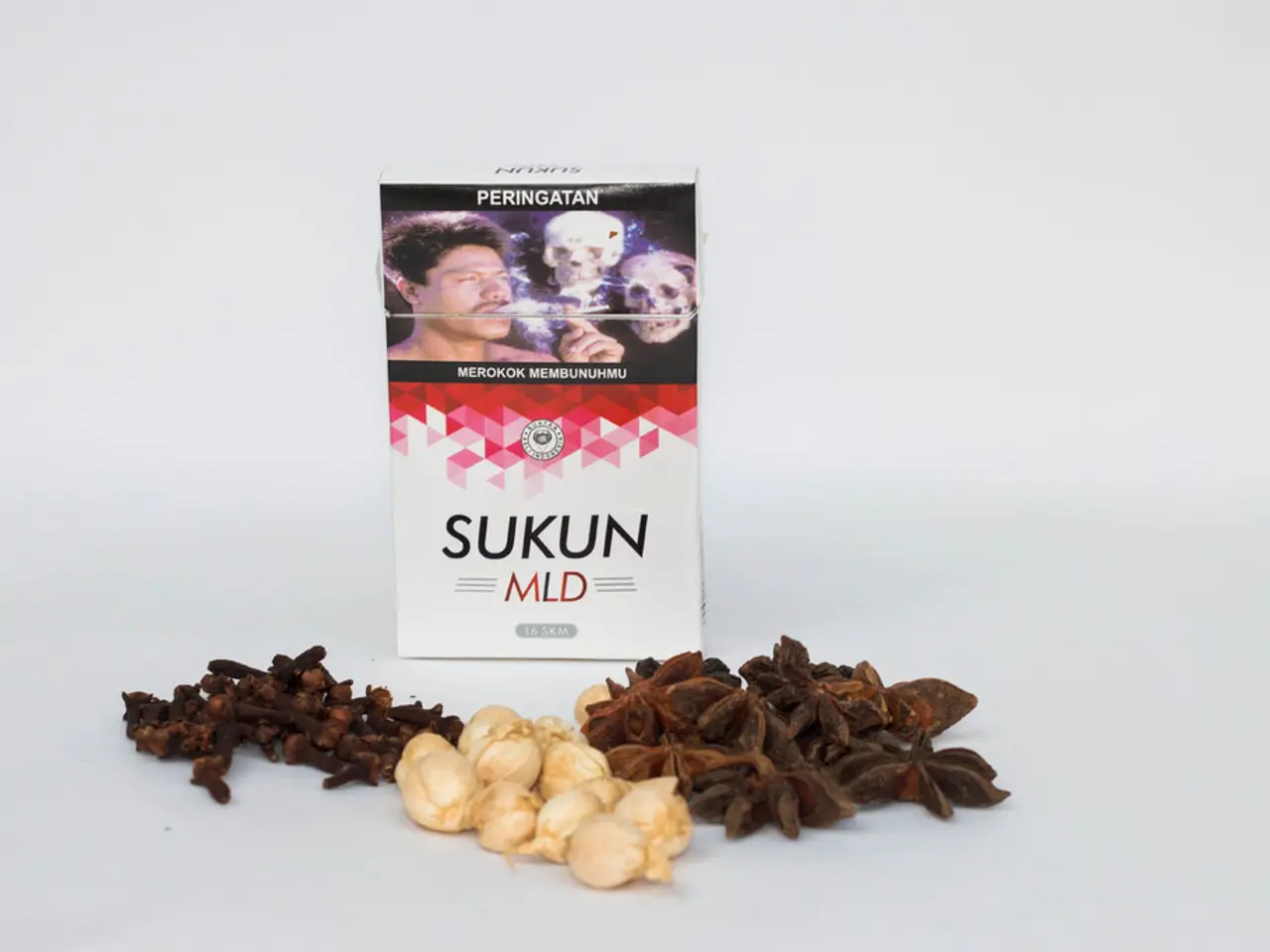Discover the art of Raku Pottery, a popular favorite from the Pottery Throwdown series! Here's a comprehensive guide on all things Raku Pottery.
In the captivating realm of pottery, one technique stands out for its distinctiveness and allure - Raku. This ancient Japanese art form, introduced to the Western world by Bernard Leach in the 1940s, has since become a beloved craft enjoyed by potters across the globe.
The Raku process is a two-part journey, beginning with a regular kiln for the initial bisque firing. However, it is a Raku kiln that is essential for the completion of the process. This unique kiln, often fashioned from a metal bin and insulated with ceramic fibre, allows for the creation of captivating effects on the surface of the pottery.
One of the most intriguing aspects of Raku firing is the unpredictability of the results. As the hot pottery comes into contact with combustible materials, it gives rise to mesmerising patterns and marks, each piece unique in its own right. This element of surprise is one of the many reasons why Raku pottery has captured the hearts of potters and art enthusiasts alike.
Western-style Raku often showcases bright, vibrant colours such as turquoise and green, as well as metallic glazes. These glazes, however, contain metal oxides such as chromium oxide, making the finished ceramics unsafe for food use due to potential health risks. It is therefore advisable to refrain from drinking from Raku pots.
The porous nature of Raku ceramics also presents another concern. The crazed (cracked) glaze that characterises Raku pottery can harbour bacteria, and the flakes of glaze can potentially be swallowed. This underscores the importance of handling Raku pottery with care and cleaning it thoroughly before use.
For those new to pottery, a pottery techniques guide can be an invaluable resource in developing skills and mastering the art of Raku. With the right guidance and practice, the world of Raku pottery can open up a new realm of creative possibilities.
It is also crucial to remember that Raku firing can be dangerous. The smoke produced during the process can be harmful, necessitating protective clothing and a well-ventilated workspace. Additionally, the high temperatures involved can lead to burns, so safety precautions should always be observed.
For those seeking to create Raku effects on a smaller scale, microwave kilns can be a viable option, albeit only for very small pieces. These innovative tools allow potters to experiment with the Raku technique in the comfort of their own homes.
Another intriguing repair technique in the world of pottery is Kintsugi, originating from Japan. This method, also known as Kintsukuroi, uses lacquer mixed with powdered gold, silver, or platinum to mend broken pottery, creating a beautiful visual testament to the piece's history.
In conclusion, Raku pottery offers a captivating blend of art, craft, and unpredictability. Whether you're a seasoned potter or a curious beginner, the Raku technique presents a wealth of creative opportunities to explore. With the right resources, safety measures, and a touch of imagination, you too can join the ranks of those who have fallen under the spell of Raku pottery.
Read also:
- Guiding businesses through hardship: the triumphs and victories achieved by A&M entrepreneurship consulting during economic downturns
- Is it feasible for nuclear energy to supplant coal-based electricity production in India?
- Pharmaceutical corporation to invest $30 billion in U.S. for increased natural gas production
- Journey Across America: Travels from the Eastern to Western Coast



